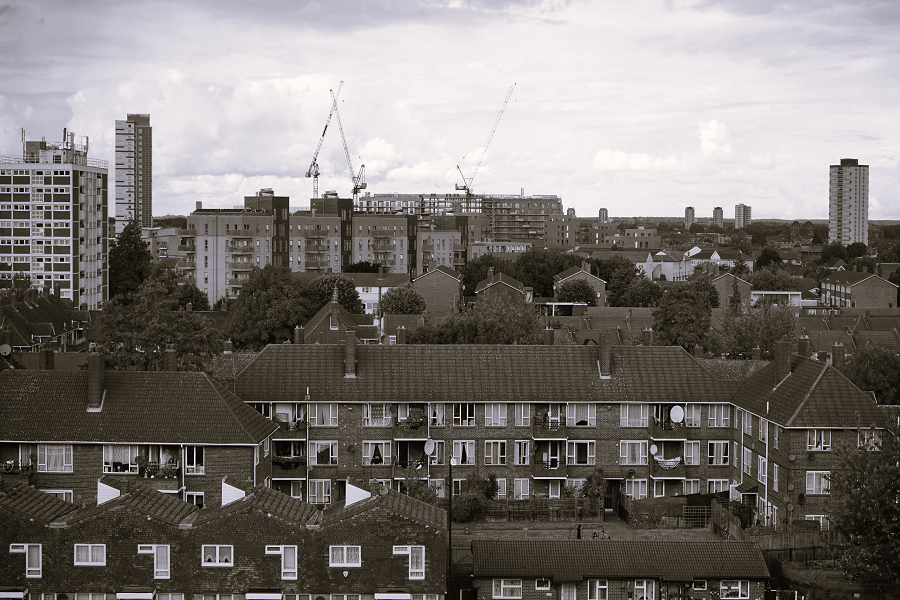Oftentimes, NIMBYs are heralded as the archenemy of housing reform and the primary cause of the housing crisis. This, however, clouds discussion about other serious obstacles on the road to housing reform; not least the gargantuan land prices, inflation caused by the availability of mortgage credit and the ill-suitability of the planning system. Worst of all, local communities, whose interests are crucial to the prosperity of their area and to the democratic legitimacy of government endeavours, are attacked as nests of NIMBYism, this mythical disease that alone stands between us and a healthy housing market.
But, in fact, local communities can be – and should be – a part of the solution to the housing problem.
Recently, the Government proposed to require planning permission for second homes to be used for short-term rentals, such as AirBnB, in tourist hotspots, partly in response to calls by local communities. The issue was highlighted by Selaine Saxby MP, who laments the empty, expensive homes that litter her constituency, occupied just during the holiday season. The result is a drastic constriction of the local housing supply.
The rental market especially is decimated. In Padstow, there are around 800 short-term lets available, but, as of the 16th of July 2022, it only had one property available for rent. House buyers are in similar trouble, with the house prices there increasing by 28% between 2020 and 2022, as opposed to 16.7% across the UK as a whole in that same period.
However, if local communities got their way, the housing supply locked up behind short-term rentals could be freed up. In 2020, Propertymark estimated that around 4.5 million properties – around 19% of the UK’s housing stock – has been used for short-term holiday lets. Releasing some those homes onto the housing market, or making them available for longer-term rent, would go a long way to alleviating the housing crisis. And this is not the only crossroads at which housing reform and local communities meet.
Communities are also crucial to creating places that people actually want to live in. Ensuring the local community leads housing development warrants that the homes are attractive both to their new residents and to the already resident locals. One way to do this is through community-owned land trusts and builders, such as WeCanMake, the Staffin Community Trust and the Gŵyr Community Land Trust. Those organisations have an acute understanding of the needs of the local community, as they are composed of persons who are themselves members of it; they know where the community is happy to create new homes, how the homes can fit in with the local area and who the homes are built for – whether it is for older people who want to downsize, young professionals looking for a place of their own or families with young children living in overcrowded conditions.
The dangers of a lack of community involvement are made evident by the example of the Colville Estate, the ‘regeneration’ of which resulted in a net loss of 900 social homes. Conversely community-fashioned homes, built by the people who will end up as the neighbours of the eventual residents, are sold at a significant discount to the open market rate. Each of the homes produced by WeCanMake costs no more than one third of the average local household income and generates over £18,500 in social value.
Communities also make their area more attractive to live in. Toby Lloyd writes about the potential that a Community Right to Buy could have – a right analogous to Right to Buy, but, instead of involving the tenants of social housing purchasing their home, it would involve the local community purchasing privately-owned properties that are vital to them: town landmarks, beautiful historic buildings or former community spaces that have fallen into misuse or disrepair. The historic Carlton Tavern in Kilburn was demolished by its private owner against the wishes of the local community. The owner was subsequently forced by the local council to rebuild it – but spaces like this could be owned and protected by the locals. The Observer Building in Hastings has been purchased by a community trust after having been closed for over 30 years, but now will be able to make Hastings a better place to live for everyone there, featuring a public garden and bar.
Unless community is at the centre of development, new faceless developments will
increasingly distance locals from their neighbourhoods, making them strange and foreign to their own residents, ridding them of their unique identity. New arrivals will struggle to integrate with a community that has been destroyed, its identity demolished, and incentives to take pride in and take care of where one lives will disappear, promoting anti-social behaviour. Everyone would benefit from living in spaces where a community spirit can thrive, where developments are community-led and popular, be it community-led housing or new parks or pubs.
Communities not only should, but must, be a part of the solution – not the problem.
This article is a companion piece to the Home Advantage essay collection by Bright Blue.








